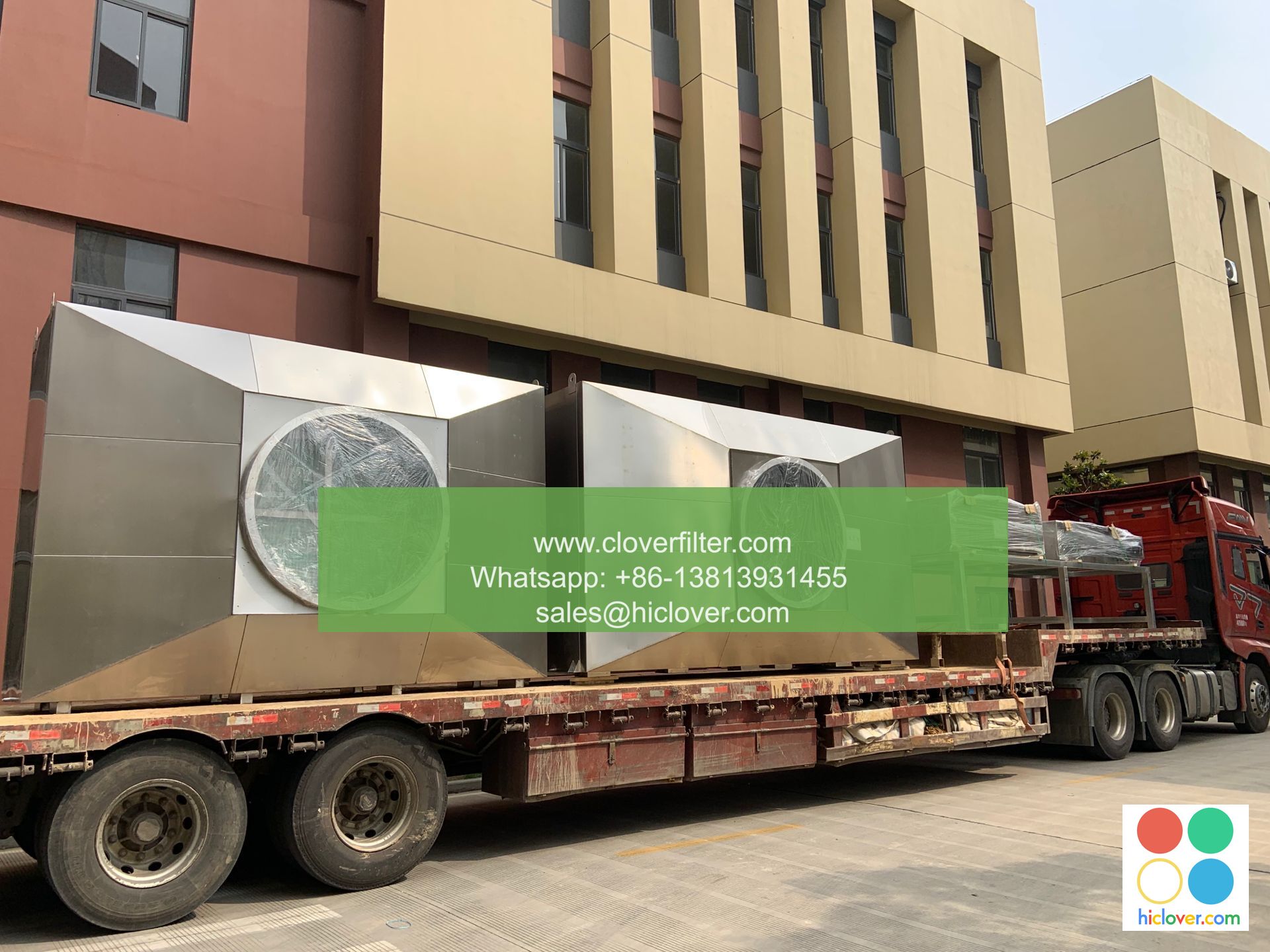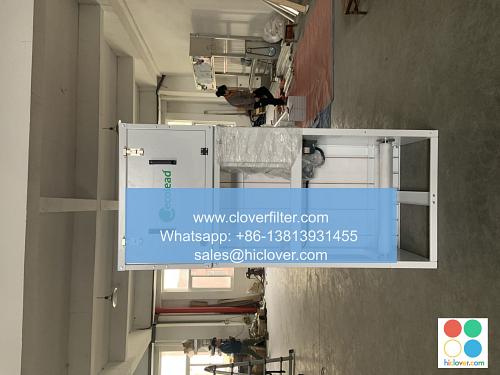Air Filter Buying Guide: Choosing the Right One for Your Home

The Ultimate Air Filter Buying Guide: Choosing the Right One for Your Home
Overview
Clean air is essential for healthy living, and a good air filter is crucial in maintaining a breathable indoor environment. With numerous options available in the market, selecting the right air filter for your home can be a daunting task. In this comprehensive guide, we’ll explore the key factors to consider, and provide expert advice on choosing the perfect air filter for your specific needs.
Key Considerations
1. Filter Type
Air filters come in various types, each with its own strengths and weaknesses. The most common types are:
- Fiberglass filters: Inexpensive, but less effective in capturing small particles and allergens.
- Pleated filters: A step up from fiberglass, with more surface area for improved filtration.
- Activated carbon filters: Excellent at removing odor and chemicals, but less effective against dust and pollen.
- HEPA (High-Efficiency Particulate Air) filters: The gold standard, capturing 99.97% of particles as small as 0.3 microns, including dust, pollen, and pet dander.
2. MERV Rating
The Minimum Efficiency Reporting Value (MERV) is a numerical rating that measures a filter’s ability to capture particles of a certain size. The higher the MERV rating, the more effective the filter. For example:
- MERV 8-10: Suitable for most residential applications, capturing 80-90% of particles as small as 3-10 microns.
- MERV 11-13: Ideal for areas with heavy allergies, pet owners, or individuals with respiratory issues, capturing 90-99.9% of particles as small as 1-5 microns.
3. Room Size and Application
The size of the filter you need depends on the square footage of the room or area it will be serving. Consider the following:
- Small rooms (up to 1,000 sq. ft.): A standard 1" to 2" filter will suffice.
- Medium rooms (1,000-5,000 sq. ft.): A 2" to 4" filter is recommended.
- Large rooms (over 5,000 sq. ft.): A 4" to 6" filter is necessary to ensure proper filtration.
4. Additional Features
- Antimicrobial treatment: Helps prevent microbial growth on the filter.
- Odor reduction: Designed to eliminate pet odors, smoke, or other unpleasant smells.
- Gone and moisture: Suitable for areas with high humidity or water exposure.
Popular Applications
- Home Offices: Choose a MERV 8-10 filter with antimicrobial treatment to combat office air pollution and allergens.
- Bedrooms: Opt for a MERV 11-13 filter to reduce dust mites, pet dander, and asthma triggers.
- Living Rooms: Select a standard MERV 8-10 filter to ensure a comfortable and healthy indoor environment.
- Garages: Use a filter with a higher MERV rating (11-13) to capture sawdust, chemicals, and other airborne pollutants.
Conclusion
Choosing the right air filter for your home requires careful consideration of the factors mentioned above. By understanding the importance of filter type, MERV rating, and room size, you can select the perfect air filter for your specific needs. Whether you’re looking to reduce allergens, pet dander, or just improve indoor air quality, this guide will help you make an informed decision. Happy shopping!
I’m happy to help! However, I don’t see a prompt from you. Could you please provide the prompt you’d like me to work with?

